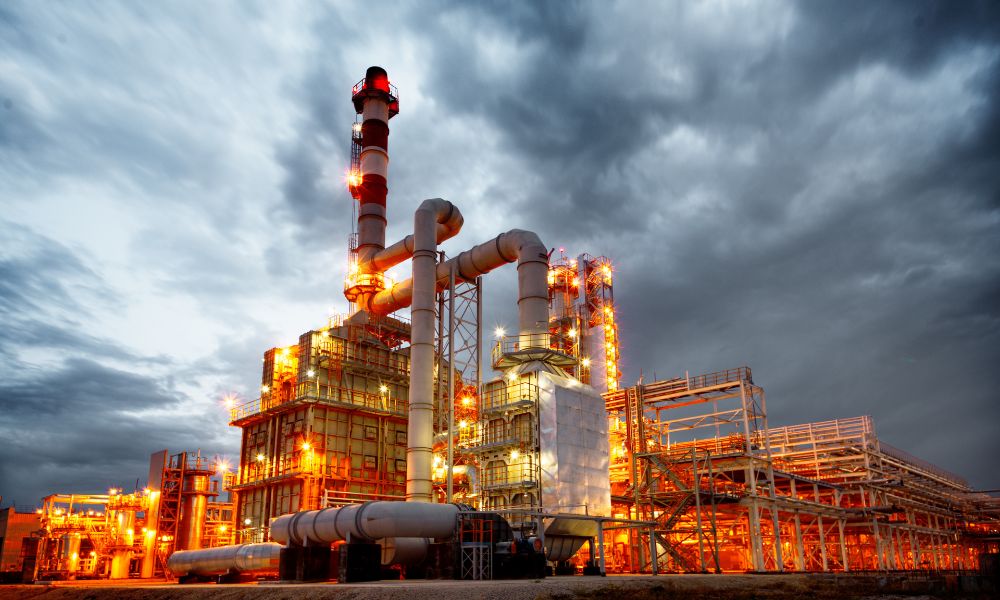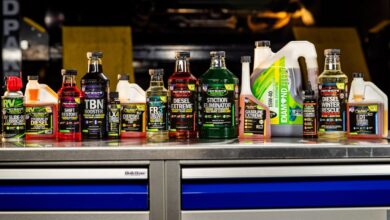Areas in Your Refinery That Require Updated Technology

Running and operating a processing plant in 2023 is no easy task. The global market constantly changes, driving the need for industry adaptations and evolutions. Read on to learn the three main areas in your refinery that require updated technology or processes.
Updating the Final Product
The world is moving toward zero fossil fuel dependency, potentially leaving countless refineries and processing plants in the dust. In response, many businesses are shifting from gasoline and petroleum production in favor of chemical manufacturing. Market interest in crude oil to chemical production is trending significantly higher than fossil fuels, despite a recent peak in industry growth. Naphtha, ethane, and liquid petroleum gas are among the most popular materials for polymer production globally.
Changing the final product of your processing plant is not an overnight implementation. It involves updating the refining equipment to take feedstock and produce high amounts of olefinic gases. Increasing hydrocracking and aromatic reforming throughout your facility are required to achieve quality chemical production.
Rethinking FCC Processes
FCCs, or fluid catalytic crackers, convert crude oils into olefinic gases, gasoline, and related petroleum manufactured goods. Cracking units are the most common and dependable devices at processing plants and refineries. As businesses shift from making fossil fuels in favor of chemicals, these FCC units will become outdated.
Traditional FCCs aren’t designed to produce high qualities of olefinic gases. Some refineries are considering switching to high-severity fluid catalytic cracking and steam cracking to enhance chemical production and final product quality. While most of these technologies are quite new, more and more processing plants will adopt these enhanced cracking devices in the near future.
Enhancing LDAR Systems
Regardless of your refinery’s configuration or final product, every processing plant requires a solid LDAR system. LDAR, or leak detection and repair, identifies and rectifies fugitive emissions throughout the facility. Traditionally, LDAR systems included teams of monitors who slowly monitored gas, chemical, and petrochemical equipment. A truly great LDAR program includes advanced software and electronic control devices to ensure the very best emissions control. Consider investing in a better LDAR system for your processing plant to benefit the health of your employees, nearby communities, and the environment.
These above suggestions are three of the many areas in your refinery that require updated technology and processes. Consider implementing some of these solutions to remain competitive in the global market.





